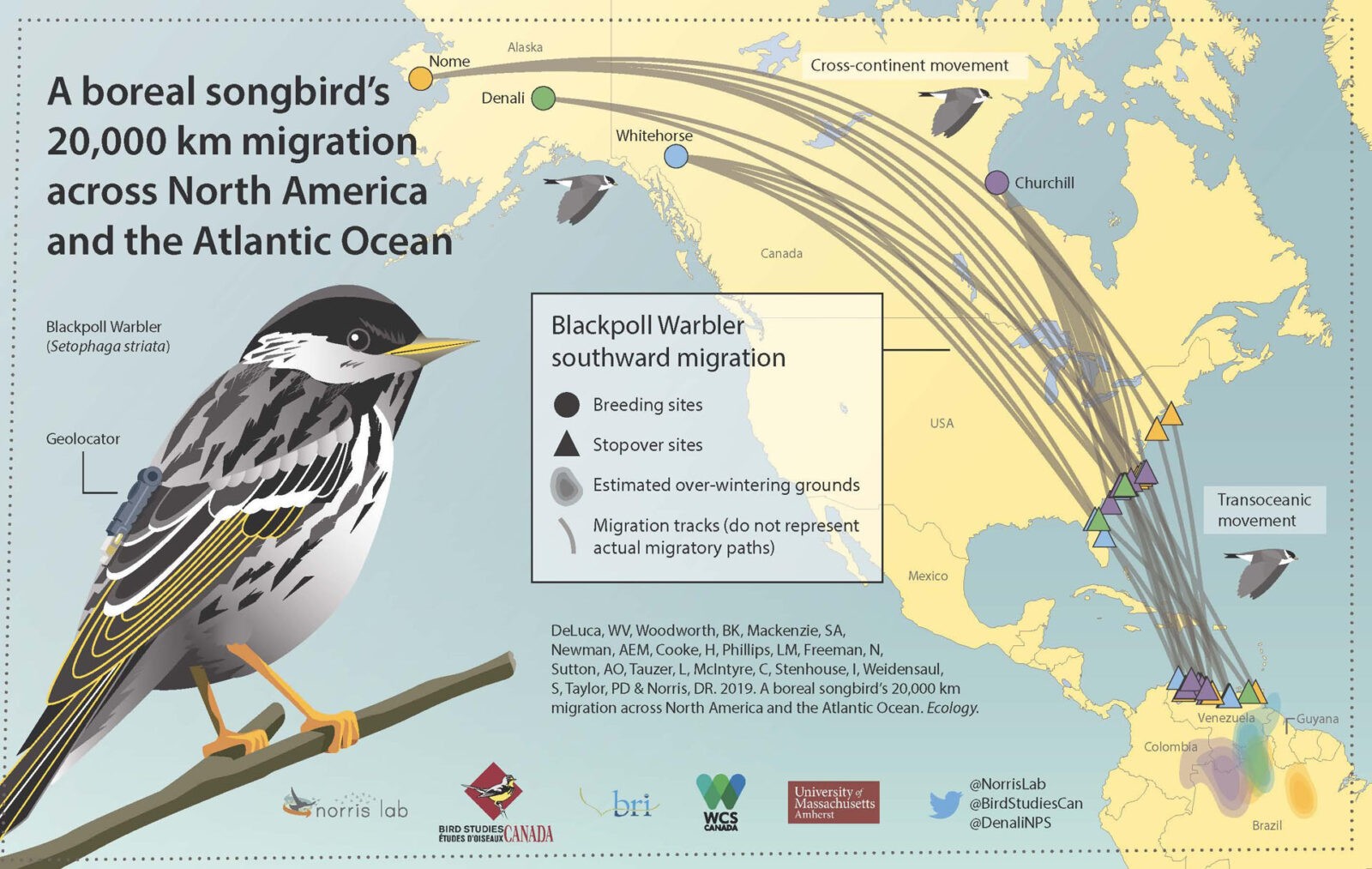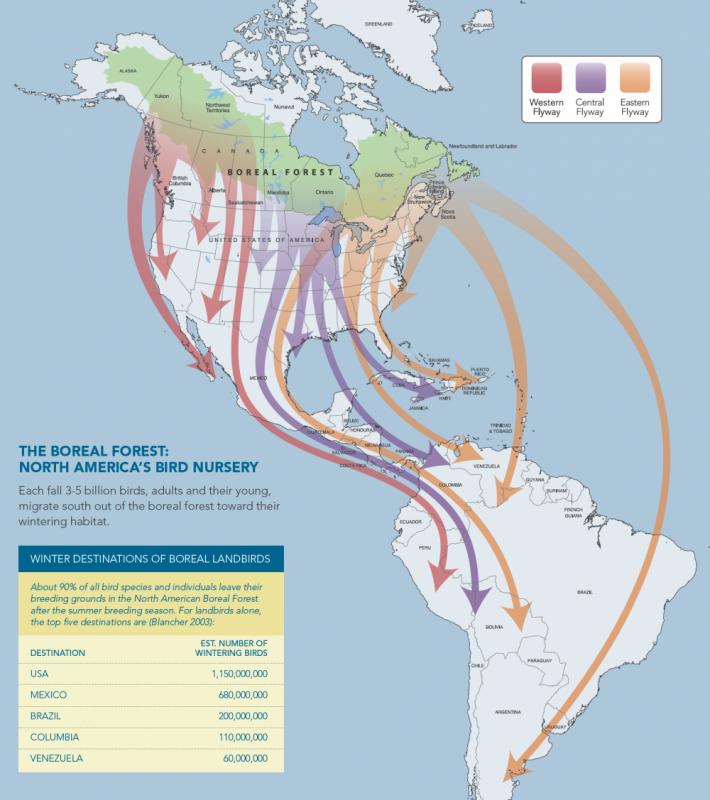Feeling helpless about the burning of the Amazon rainforest?
Ashley Hall, Marketing Coordinator
August 22, 2019. 5:30PM

Fires in the Amazon Rainforest Seen by NOAA-20.
We are a small Nature Center that stewards 20 acres of land with a variety of lush and diverse habitats, but we feel the pain of the burning of the Amazon rainforest as if it were our own. In actuality, Northeast Ohio is more connected to South America than you may realize.
Even before the majority of kids go back to school,
fall migration for migratory birds has already quietly begun. You may have noticed that birds are eating a little more and have fledged their last brood of chicks. Soon, the night skies above Northeast Ohio will become flooded with birds on the wing. An average of 3 to 5 billion birds emerge from the
boreal forest after summer breeding season to seek out their favorite overwintering grounds – many in South America. More than 1 billion birds will be migrating around and through Northeast Ohio: waterfowl, sparrows, finches, waxwings, warblers, sandpipers, cranes, hawks, and eagles, amongst many others.
Which migratory bird species will be impacted by the fires in the Amazon rainforest?

Source: https://www.borealbirds.org
According to the Boreal Songbird Initiative, numerous shorebird species find solace around the shores and waterways of Central America, the Caribbean, and South America, while many warblers and other songbirds find inland habitat throughout Central America and northern South America. Some birds, including lesser yellowlegs, blackpoll warbler, and solitary sandpiper, become common wintering species in the Amazon rainforest and provide a direct, tangible link between these two sister forests. As these habitats grow smaller and smaller due to deforestation, birds will be heavily impacted.
After fall migration comes spring. Every spring,
warblers, the stunning jewels of the bird world, migrate north from South America in search of food, mates, and their favorite breeding habitats. Out of 116 species of warbler, Central and North America have the greatest diversity, about 90 species, while another 26 species occur strictly in South America.
Many warblers evolved highly migratory life cycles, as is the case with nearly all Ohio species. Most warblers that nest in Ohio spend the winter in places like Costa Rica, Panama, or even Colombia and Venezuela. They are truly global wanderers and could be thought of as tropical birds that make short visits to our latitude to breed. Out of our favorites, yellow warbler, blackpoll warbler, cerulean warbler, American redstart, and Connecticut warbler can all be found overwintering in the Amazon rainforest.

Source: https://www.borealbirds.org
With habitat loss from the burning of the Amazon rainforest, these birds and billions of other species will lose their homes. The good news is that WE can help. We all need to do our jobs as stewards of the natural world by staying informed, educated, buying smart, and supporting local nature centers and other not-for-profits which work to conserve native habitats for migratory species.
In 1971, the
National Park Service named the
Nature Center a National Environmental Education Landmark, one of the first organizations to be recognized by the Park Service. In addition, the Park Service designated the Nature Center a National Environmental Study Area, noting the unique educational opportunities offered by the diverse habitats found in an urban setting. The Shaker Parklands are on the National Register of Historic Places and considered an
Important Bird Area by the
Audubon Society. It is classified as an official wildlife habitat by the
National Wildlife Federation. Not only do we care about educating everyone about the importance of nature, but it is our desire to keep protecting the habitats open and available for migratory species that depend on them.
If you would like to donate to our Nature Center or help to volunteer when you can, visit
www.shakerlakes.org. We are always looking for more stewards and supporters of the environment and our mission.
Resources
Organizations Protecting the Amazon Rainforest



